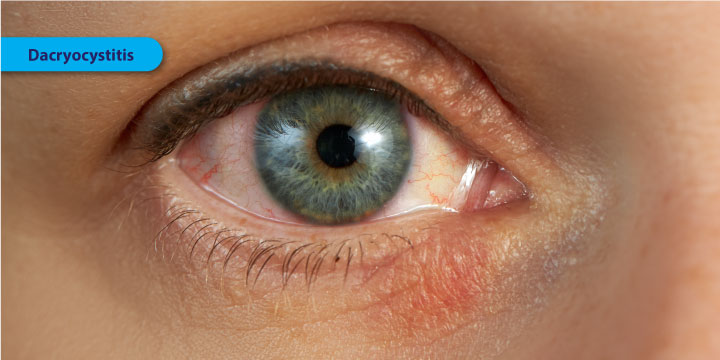Dacryocystitis - Symptoms, Causes and Treatment
07-04-2024
What is Dacryocystitis?
Dacryocystitis is a condition that affects the lacrimal sac, which is responsible for draining tears from the eye to the nasal cavity. This inflammation of the lacrimal sac can lead to discomfort and swelling around the eye, as well as potential vision problems. It is important for individuals experiencing symptoms of dacryocystitis to seek prompt medical attention from their eye care provider to prevent any complications.What Are The Causes Of Dacryocystitis?
Dacryocystitis is typically caused by a blockage in the tear duct, which prevents tears from draining properly. This blockage can be due to a variety of factors, such as a bacterial or viral infection, inflammation, or a structural abnormality in the tear duct. When tears are unable to drain properly, they can become trapped in the tear duct, leading to a buildup of bacteria and ultimately resulting in an infection known as Dacryocystitis.What Are The Risk Factors For Dacryocystitis?
Risk factors for Dacryocystitis include a history of chronic sinus infections, nasal polyps, or other conditions that can block the tear ducts. People with certain medical conditions such as diabetes or autoimmune diseases may also be at higher risk for developing Dacryocystitis. Additionally, individuals who have had previous surgeries or trauma to the area around the tear ducts may be more susceptible to developing this condition. It is important for individuals with these risk factors to be aware of the symptoms of Dacryocystitis and seek prompt medical attention if they experience any concerning eye or nasal symptoms.What Are The Symptoms Of Dacryocystitis?
Symptoms of Dacryocystitis may include redness and swelling in the inner corner of the eye near the nose, excessive tearing, pain and tenderness around the affected eye, a discharge of pus or mucus from the eye, blurred vision, and sensitivity to light. In some cases, patients may also experience fever and fatigue. These symptoms can be uncomfortable and disruptive to daily activities, but prompt medical attention can help alleviate them.How is Dacryocystitis Diagnosed?
Dacryocystitis is typically diagnosed through a thorough physical examination, during which the optometrist will assess the patient's symptoms and medical history. The optometrist may also perform a diagnostic test called a lacrimal irrigation, in which a special dye is inserted into the tear duct to check for blockages or other abnormalities. In some cases, additional imaging tests such as a CT scan may be ordered to get a more detailed view of the tear ducts and surrounding structures. A definitive diagnosis of dacryocystitis can then be made based on the results of these tests.How is Dacryocystitis Treated?
Dacryocystitis is typically treated with a combination of antibiotics and warm compresses to help reduce inflammation and clear up any infection present in the tear duct. In some cases, a procedure called dacryocystorhinostomy (DCR) may be recommended to create a new drainage pathway for tears to bypass the blocked tear duct. This procedure can often provide long-term relief for patients suffering from recurrent episodes of dacryocystitis. Additionally, in cases where a tear duct blockage is causing the infection, a procedure known as lacrimal probing may be performed to clear the blockage and allow tears to flow freely again. Your optometrist will be able to assess your individual situation and recommend the most appropriate treatment option for you.Is There A Cure For Dacryocystitis?
While there is no definitive cure for Dacryocystitis, treatment options are available to help alleviate symptoms and prevent complications. These may include antibiotics to treat the underlying infection, warm compresses to help reduce swelling and promote drainage, and in severe cases, surgery to remove blockages in the tear ducts. It is important for individuals with Dacryocystitis to seek prompt medical attention from an eye care professional to prevent the condition from worsening and to ensure proper management of symptoms. Regular follow-up appointments may be recommended to monitor progress and adjust treatment as needed.How Can Dacryocystitis Be Prevented?
Dacryocystitis can be prevented through proper eye hygiene practices. It is important to regularly clean the area around the eyes, especially near the tear ducts, to prevent the build-up of bacteria that can lead to infection. Additionally, avoiding rubbing or touching the eyes with dirty hands can help reduce the risk of developing dacryocystitis. It is also recommended to seek prompt medical attention if any symptoms of eye infection or irritation are present, as early intervention can help prevent the condition from worsening.Regular eye exams with advanced technologies are essential for the early detection and treatment of dacryocystitis. Schedule an eye exam with an optometrist today!
Schedule An Appointment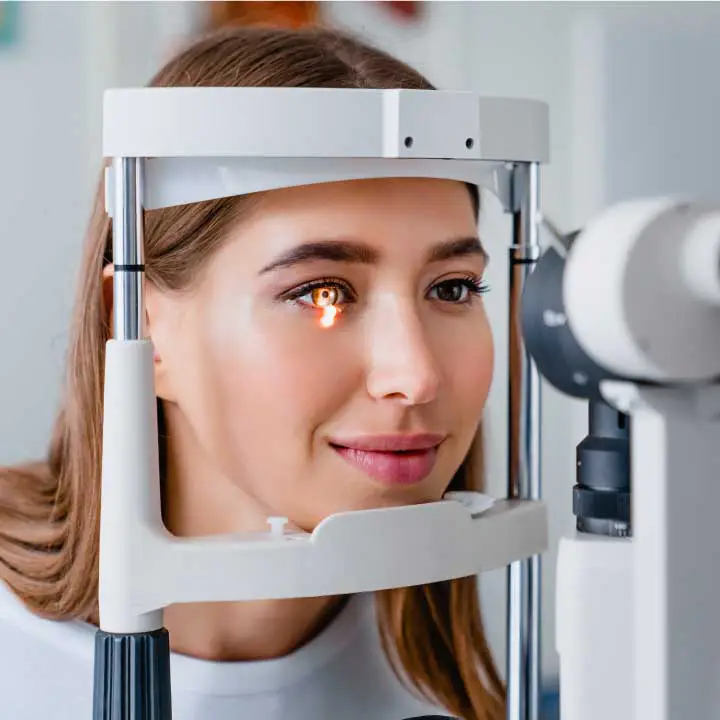
Adult Eye Exams
Our advanced eye exams consist of 25+ modern tests and digital scans to assess eye health, function, and visual acuity.

Child Eye Exams
Give your child a clear future with an annual eye exam from our experienced Edmonton optometrists.

Senior Eye Exams
Maintain your vision through your golden years with gold standard eye care from the optometrists at our Edmonton eye clinic.
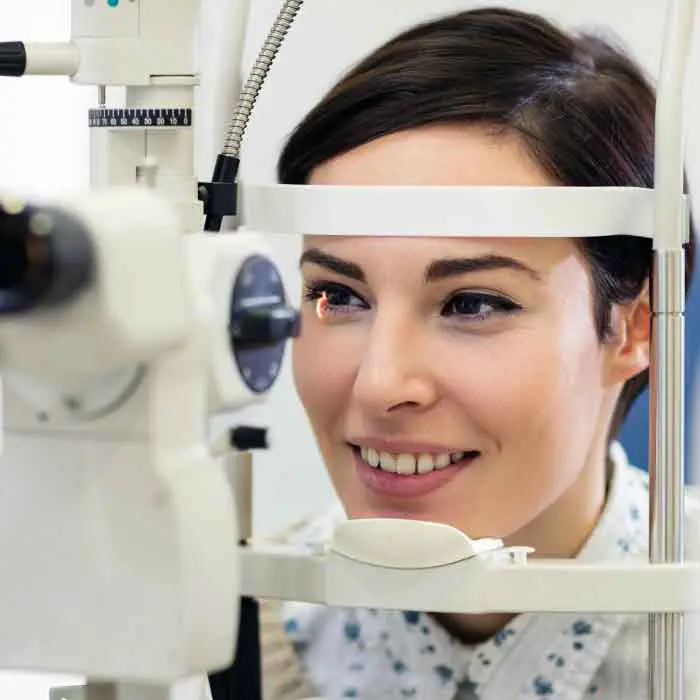
Contact Lens Eye Exams
Our eye exams for contact lens wearers include test and digital scans to assess eye health, function, visual acuity, and lens fit.
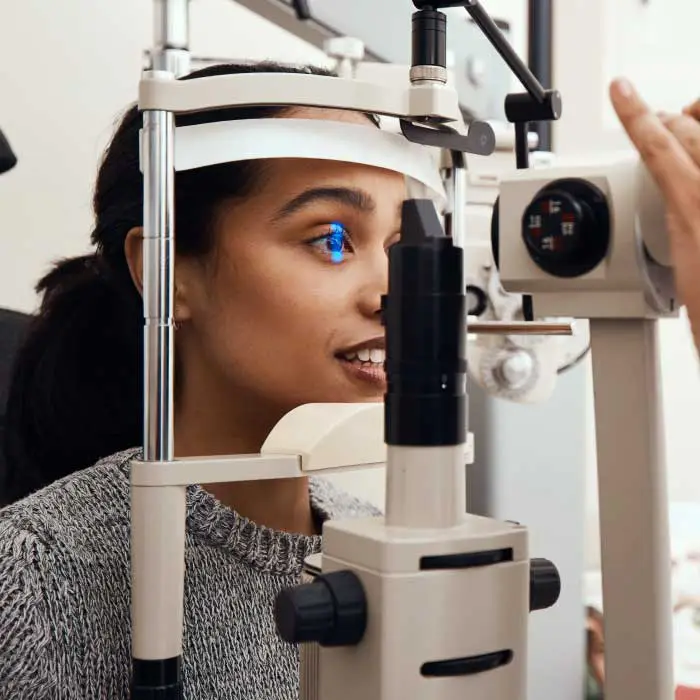
Diabetic Eye Exams
Managing diabetes requires regular eye exams to ensure that diabetes is not causing irreversible vision loss.
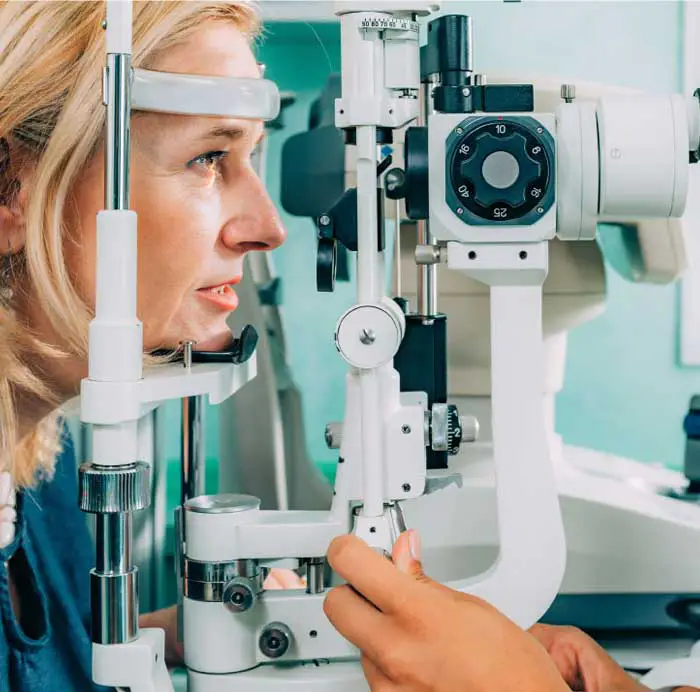
Dilated Eye Exams
Dilating the eyes enables our Edmonton optometrists to see more of the eye so that you many never see less.
Our Edmonton Eye Exams Are Comprised Of 4 Phases Of Evaluation
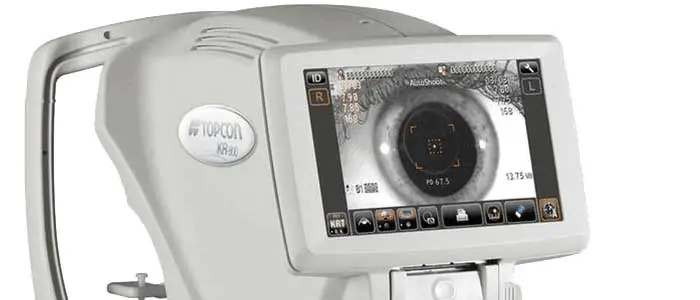
1. Eye Exam Pre-Testing
Corneal Thickness | Intraocular Pressures | Visual Field
Pre-testing is a detailed process that gathers all necessary information for the optometrist in advance of the optometrist-administered eye examination. This process involves completing a detailed patient history, as well as a series of standard tests. Pre-testing is an essential part of the comprehensive eye exam process, providing valuable information and visuals for both the optometrist and the patient.
More About Pre-Testing »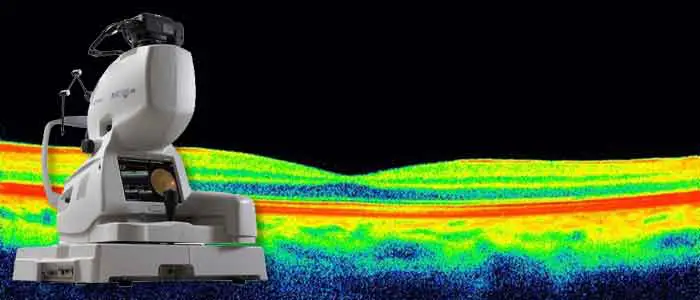
2. Advanced Diagnostic Testing
Retinal Photography, OCT, Topography
eye-deology Vision Care differentiates itself from other clinics by having the most advanced modern diagnostic specialty testing equipment. Specialty equipment, such as a wide-angle high-resolution retinal imager, Optical Coherence Tomography (OCT), Humphrey Visual Field Analyzer and corneal topographer, ensures that patients receive the best comprehensive eye care.
More About Advanced Testing »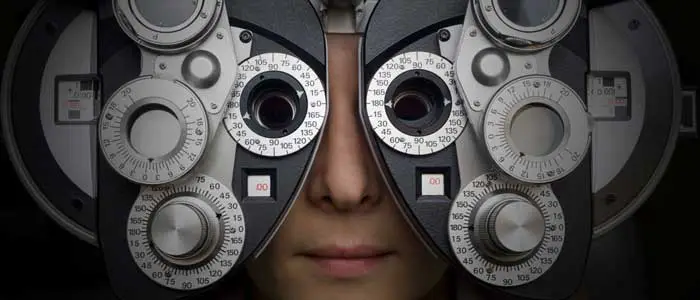
3. Optometrist Examination
Health Assessment & Disease Diagnosis
eye-deology Vision Care Edmonton optometrists perform a multitude of tests and assessments to evaluate ocular health, eye coordination, and visual acuity. In addition, they also evaluate the results of the tests and scans performed during pre-testing. As part of patient education, our optometrists also take the time to show and explain results to patients.
More About Doctor Exam »
4. Eye Glass Consult
Prescription | Lens Selection | Digital Fitting
If you require corrective lenses to improve your vision, our licensed opticians will customize their fit to your unique attributes, needs, lifestyle, and budget. Our opticians are happy to provide you with information about the latest eyeglass frame and lens technologies available so you can make informed decisions and begin seeing and looking your best.
More About Eyewear Consult »